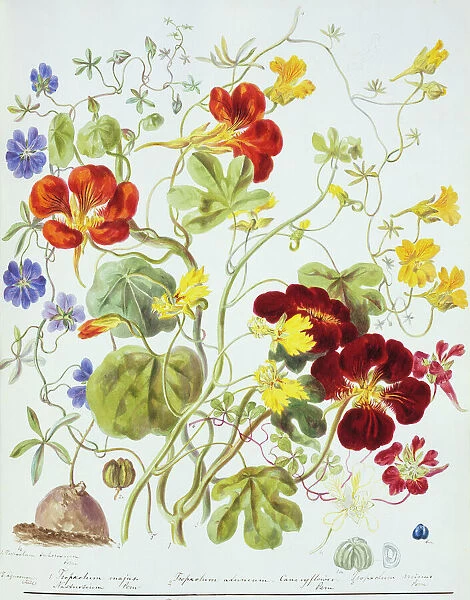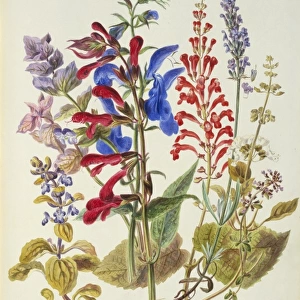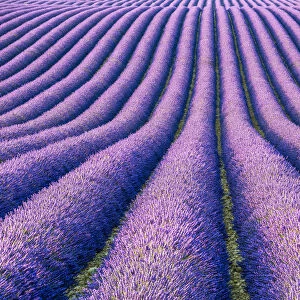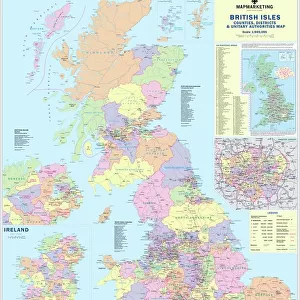Tropaeolum sp. nasturtium
![]()

Wall Art and Photo Gifts from Mary Evans Picture Library
Tropaeolum sp. nasturtium
Plate 42 from The Chief Natural Orders of Plants (1849). Illustrated and described by Elizabeth Twining (1805-1889)
Mary Evans Picture Library makes available wonderful images created for people to enjoy over the centuries
Media ID 8580682
© Mary Evans Picture Library 2015 - https://copyrighthub.org/s0/hub1/creation/maryevans/MaryEvansPictureID/10708158
1805 1889 Elizabeth Twining Eudicot Eurosid Geraniales Malvidae Nasturtium Rosid Tropaeolum Twining Angiospermae Dicot Dicotyledon Magnoliophyta Tropaeolaceae
EDITORS COMMENTS
Plate 42 from The Chief Natural Orders of Plants, an exquisite Victorian-era botanical illustration by Elizabeth Twining (1805-1889) showcases the captivating beauty of Tropaeolum sp. Nasturtium, a flowering plant belonging to the Tropaeolaceae family, order Geraniales, and class Eudicotyledons. This illustration, created in the 19th century, offers a stunning portrayal of the plant's vibrant flowers in both red and blue hues. The Tropaeolum genus, commonly known as nasturtiums, is a popular group of trailing or climbing plants native to the Andes region in South America. The name "nasturtium" is derived from the Latin "nastus," meaning "nose," and "torrere," meaning "to turn," due to the pungent smell of the plant's leaves and flowers. Elizabeth Twining, a skilled botanical artist, expertly captured the intricate details of the Tropaeolum's flowers, revealing their unique features. The flowers are characterized by their distinctive, funnel-shaped corollas, which are two-lipped and possess a distinct nectar spur. The plant's leaves are simple, alternate, and palmately lobed. The Tropaeolum sp. Nasturtium is an essential member of the Angiospermae, a large group of flowering plants that includes over 300,000 known species. This plant is also a valuable addition to the Rosid clade, a major lineage within the Eudicots, which also includes the Malvidae family. This botanical illustration provides a glimpse into the rich natural history of the Victorian era and showcases the beauty and diversity of the Tropaeolum sp. Nasturtium. Its vibrant colors and intricate details continue to captivate viewers and inspire appreciation for the natural world.
MADE IN AUSTRALIA
Safe Shipping with 30 Day Money Back Guarantee
FREE PERSONALISATION*
We are proud to offer a range of customisation features including Personalised Captions, Color Filters and Picture Zoom Tools
SECURE PAYMENTS
We happily accept a wide range of payment options so you can pay for the things you need in the way that is most convenient for you
* Options may vary by product and licensing agreement. Zoomed Pictures can be adjusted in the Cart.










